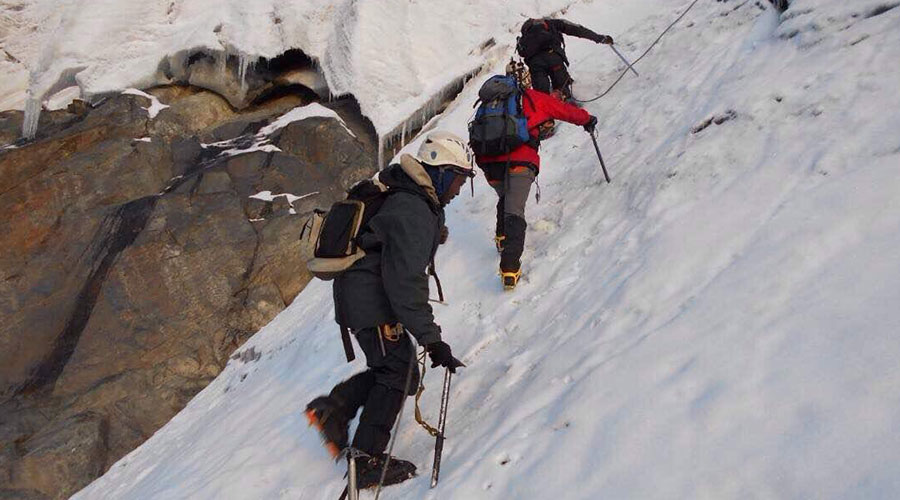
7 DAYS MT KILIMANJARO MACHAME
7 DAYS MT KILIMANJARO MACHAME Home Page Tour Summary Itinerary Tour Notes Tour Summary Day 1: Machame Gate to Machame Camp (2980m)Day 2: Machame Camp
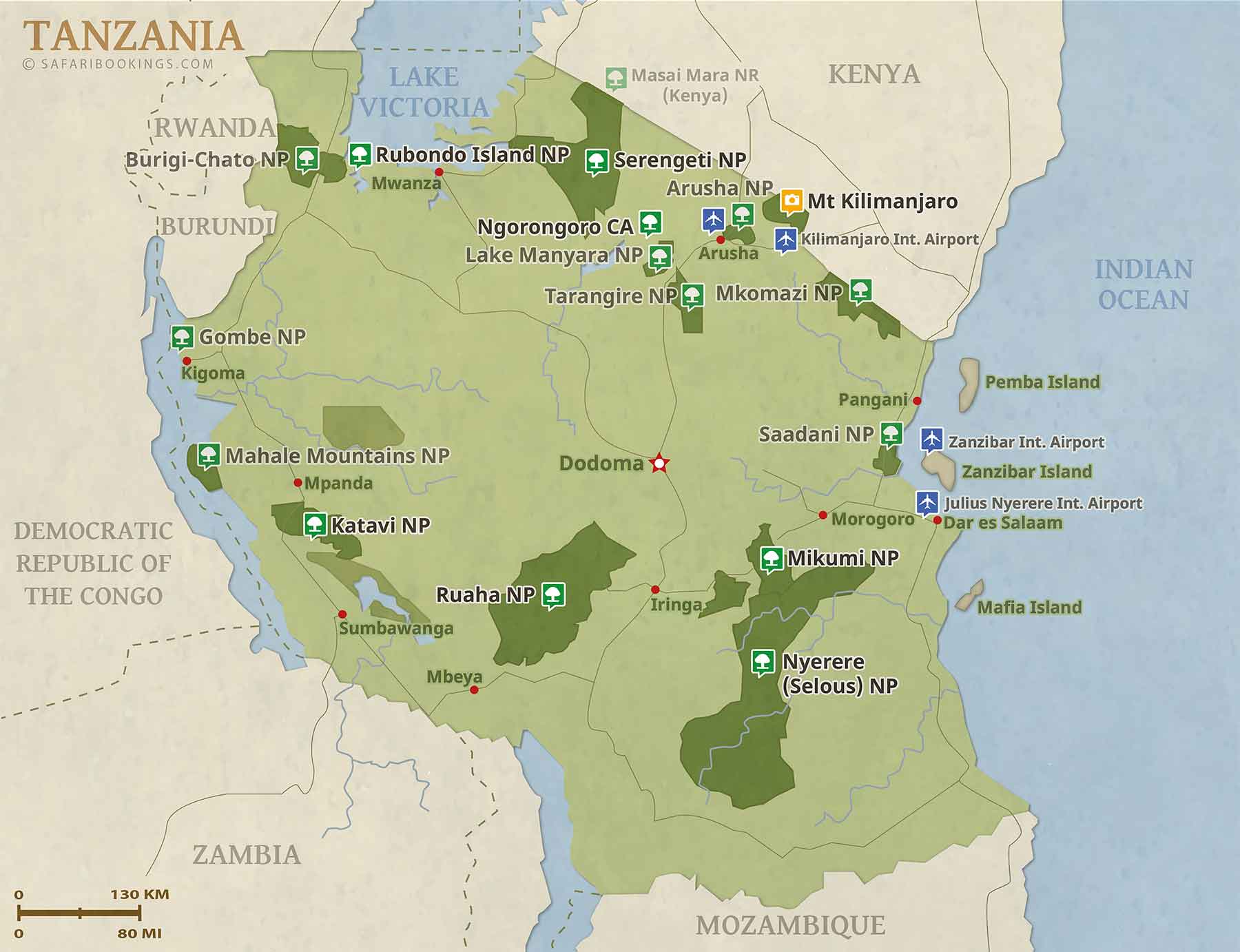
Is an East African country situated just south of the Equator. Tanzania was formed as a sovereign state in 1964 through the union of the theretofore separate states of Tanganyika and Zanzibar. Mainland Tanganyika covers more than 99 percent of the combined territories’ total area. Mafia Island is administered from the mainland, while Zanzibar and Pemba islands have a separate government administration. Dodoma, since 1974 the designated official capital of Tanzania, is centrally located on the mainland. Dar es Salaam is the largest city and port in the country.
The Tanzania mainland is bounded by Uganda, Lake Victoria, and Kenya to the north, by the Indian Ocean to the east, by Mozambique, Lake Nyasa, Malawi, and Zambia to the south and southwest, and by Lake Tanganyika, Burundi, and Rwanda to the west.
Tanzania has almost 38% of its land reserved as protected areas, one of the world’s highest percentage. Tanzania boasts 16 national parks and is home to a large variety of animal life. Among the large mammals include the Big five, cheetahs, wildebeest, giraffes, hippopotamuses and various antelopes. Tanzania’s most well-known wildlife attractions are located in the northern part of the country and include the Serengeti National Park, Tarangire National Park and Lake Manyara National Park. The Serengeti National park encompasses the world-famous great migrations of animals. The Serengeti National Park is the most popular park in the country and had the chance to host more than 330,000 visitors in 2012.
The north is also home to the Ngorongoro Conservation Area. The Ngorongoro Conservation Area includes the Ngorongoro Crater, which is an extinct volcanic caldera with lions, hippopotamus, elephants, various types of antelope, the endangered black rhinoceros, and large herds of wildebeest and zebra. Olduvai Gorge, considered to be the seat of humanity after the discovery of the earliest known specimens of the human genus, Homo habilis as well as early hominidae, such as Paranthropus boisei also lies within the conservation area.
The western part of Tanzania includes the Mahale, Katavi, and Gombe national parks, the latter of which is the site of Jane Goodall’s ongoing study, begun in 1960, of chimpanzee behaviour. The country is also particularly rich in plant diversity; the Tanzania National Parks Authority has an entire national park the Kitulo National Park dedicated to flowers. There is a wide variety of biomass across the nation.
Also known as the roof of Africa, Mount Kilimanjaro is a UNESCO World Heritage site and the highest peak in Africa. The mountain (now a dormant volcano) rises approximately 4,877 metres (16,001 ft) from its base to 5,895 metres (19,341 ft) above sea level. The mountain is located in the north of the country on the border with Kenya in the town of Moshi and is accessible via Kilimanjaro International Airport. The airport also provides a gateway for tourists to all northern safari circuits. The mountain is part of Kilimanjaro National Park and is the second most popular park in the country and roughly 20,000 visitors trek the mountain every year. The mountain is one of the most accessible high peaks in the world and has an average success rate of around 65%.
The well-established ‘Northern Circuit’ safari of northern Tanzania offers some of the world’s most diverse safari experiences, consisting of national parks, game reserves, conservation areas, and private concessions. Among these are the world-famous and iconic Serengeti National Park and Ngorongoro Crater, and of course their less well-known neighbors, Tarangire National Park and Lake Manyara National Park.
These parks exist for one general purpose, and that is to protect the amazing variety and abundance of wildlife in them, both resident and seasonal—and most of all, the world’s largest annual migration of wildebeest and zebra. Although this part of the world has become increasingly busy as a result of its reputation, it is still possible to escape the crowds and find a quiet corner if you know where to go.
ARUSHA NATIONAL PARK
Being the closest national park to Arusha town—northern Tanzania’s safari capital—Arusha National Park is a multi-faceted jewel that is often overlooked by safari-goers, despite offering the opportunity to explore a beguiling diversity of habitats within a day trip. The entrance gate leads into shadowy montane forest inhabited by inquisitive blue monkeys and colorful turacos and trogons—the only place on the northern safari circuit where the acrobatic black-and-white colobus monkey is easily seen. In the midst of the forest stands the spectacular Ngurdoto Crater, whose steep, rocky cliffs enclose a wide marshy floor dotted with herds of buffalo and warthog.
LAKE MANYARA NATIONAL PARK
Lake Manyara is one of Tanzania’s smallest and most underrated parks. Stretching for 50km along the base of the rusty-gold 600-meter-high Rift Valley escarpment, Lake Manyara is a scenic gem. The Rift Valley forms the park’s western border, and to the east is the alkaline Lake Manyara, which covers one-third of the park’s 648 square kilometers. During the rains, the lake hosts millions of flamingos and a diversity of other birdlife. Lake Manyrara’s diverse vegetation supports one of the high biomass densities of large mammals in the world.
TARANGIRE NATIONAL PARK
Tarangire is the surprise package on the Northern Circuit. Often overshadowed by the Serengeti and the Ngorongoro Crater, Tarangire has immense concentrations of game in the peak months and a fraction of the visitors that go to any of the other Northern parks. The game viewing here from July through to October is superb, and the atmosphere and habitat are completely different from the other parks. Tarangire is surprisingly large, giving visitors the quietest game viewing environment of all the parks in the region. The south of Tarangire is especially quiet. Overall, a superb little park that offers great value compared to its neighbors and a seriously good option for getting away from it all.
NGORONGORO CRATER
A trip to Northern Tanzania has to include the Ngorongoro; it is an exceptional place to interact with the Masaai and is one of the most beautiful natural wildlife safari sites in the world. The Ngorongoro Crater and surrounding highlands are one of Africa’s most beautiful regions. Volcanic craters form stunning backdrops to some of the richest grazing grounds in Africa. The most famous is without question the Ngorongoro Crater, the world’s largest intact volcanic caldera, home to the highest density of big game in Africa. With 600-meter-high walls and a rich volcanic floor that plays host to the Big Five, Ngorongoro is one of the continent’s most famous safari destinations.
SERENGETI NATIONAL PARK
Tanzania’s oldest and most popular national park, the Serengeti, is famed for its annual migration, when some six million hooves pound the open plains as more than 200.000 zebras and 300.000 Thomson’s gazelles join the wildebeest’s trek for fresh grazing. Yet even when the migration is quiet, the Serengeti offers arguably the most scintillating game-viewing in Africa: great herds of buffalo, smaller groups of elephant and giraffe, and thousands upon thousands of eland, topi, kongoni, impala, and Grant’s gazelle.
BEST TIME TO GO ON SAFARI AFTER CLIMBING KILIMANJARO
Basically, there is no bad time to go on safari in Tanzania. Whenever you go, you will see fantastic wildlife. Like climbing Mt. Kilimanjaro, when the weather is kindest, it can get crowded, but if you can go a little off-peak and cope with the occasional shower, you will find quiet parks and amazing viewing.
DECEMBER TO MARCH
This is the summer season in Tanzania. Temperatures are pleasant, with an average high of 28°C and an average low of 15°C. The rains from early November to late March are usually scattered and localized and do not last for more than a few hours. All in all, the conditions for safaris could not be better. The wildebeest are in the southern Serengeti, making this a perfect time to catch the migration.
APRIL TO JUNE
There is a chance of heavy rain during this period, and showers can be expected for a few hours most days. Particularly during April and May, the parks are fairly empty, and accommodation costs are often quite a bit lower. However, this time actually offers the finest game viewing opportunities of the year. Wildlife concentrations are at their highest in the Southern Serengeti, and the landscape is lush green.
JULY TO NOVEMBER
The weather during this time is usually dry and sunny, although October to December brings the short rains to Tanzania. The grass dies back, and more and more animals congregate around the permanent sources of water, making them easier to find. Visitor numbers (and prices) peak in August, coinciding with holidays in the Northern Hemisphere.
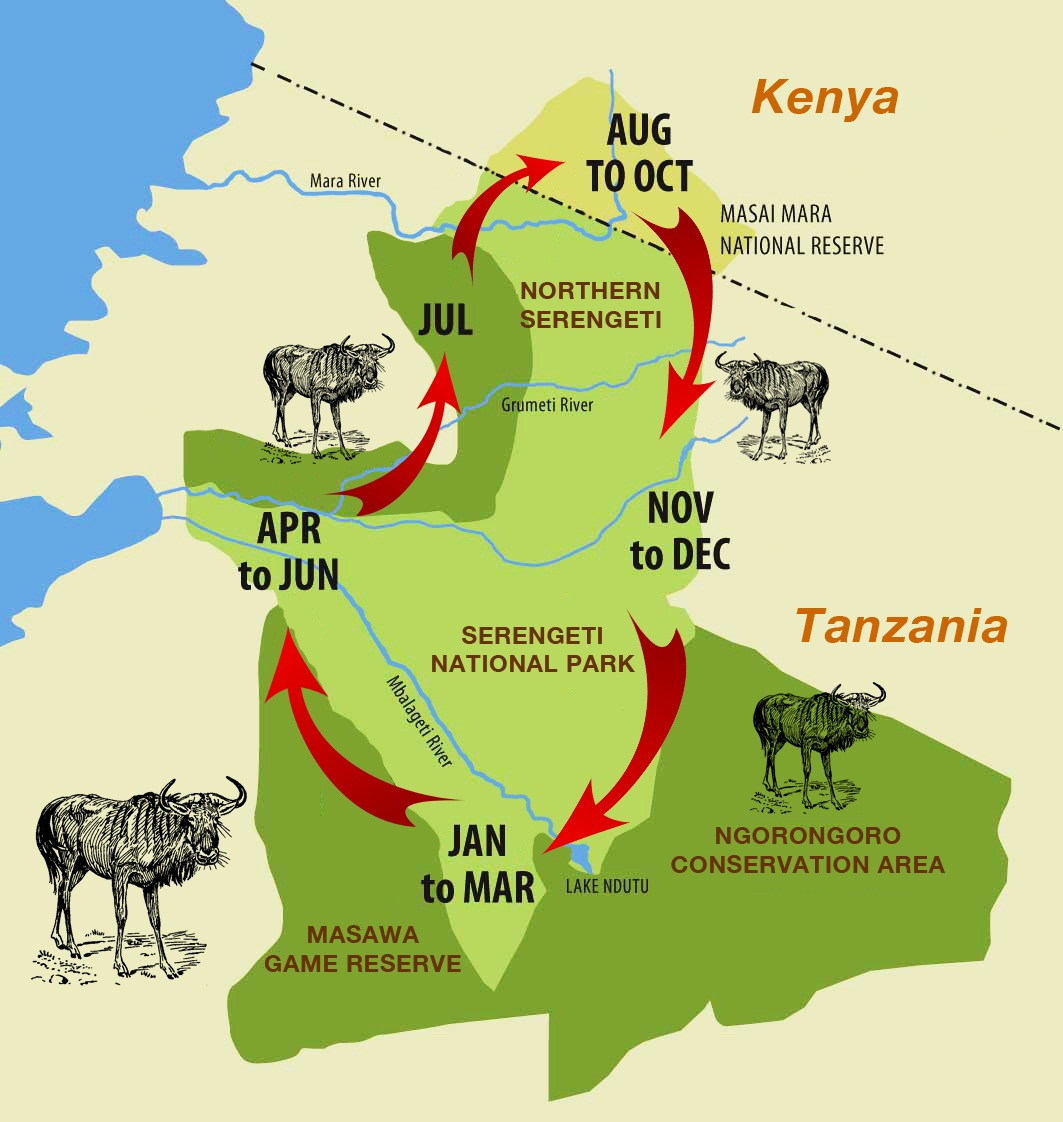
One of the most sought-after experiences for wildlife and nature enthusiasts, the Great Migration is the ever-moving circular migration of over a million animals across the Serengeti-Mara ecosystem.
THE CIRCLE OF LIFE
The constant movement of columns of wildebeest, joined by a host of companions, follow an age-old route in search of grazing and water. After calving in the southern part of Tanzania’s Serengeti near the Ngorongoro Conservation Area, the animal’s journey through the Serengeti up and around in a clockwise direction towards the Masai Mara in Kenya, before returning once again near the end of the year. Along the way, high drama is always present, as thousands of animals are taken by predators and thousands more are born, replenishing the numbers and sustaining the circle of life.
FOLLOW THE MIGRATION MONTH BY MONTH
Many people think the Great Migration happens only once a year, however it happens all year, with each season offering a unique wildlife experience.
Select a month below to find out what each month offers in terms of weather, wildlife, migratory movements, predator interactions, river crossings to get the most out of your trip to see the great wildebeest migration.
When is the Best Time to Go on a Wildebeest Migration Safari?
As you can see from our month by month summary, the Migration is a year long fluid cycle which offers an abundance of wildlife action throughout. So, the best time to go on a Wildebeest Migration safari really depends on which events you are personally interested in seeing.
Note: The below are approximate dates only. The Wildebeest Migration is a year-round, circular journey and the river crossings cannot be predicted. Sometimes the herds stay put for two weeks, other times they could cross four times in one day!
START OF THE MIGRATION CYCLE
JANUARY
The start of the new year sees the majority of herds congregating in the rich, fertile Ndutu plains for the calving season. By the middle of January, almost 8,000 calves are being born each day. this is the prime time to see wildebeest and big cats.
FEBRUARY
In February the best migration action takes place in Ndutu in the heart of the Serengeti plains. Behold the classic image of endless plains, blanketed and dotted as far as the eye can see with grazing wildebeest and their newborn calves.
MARCH
After the long period of grazing in the Ndutu region, the green grass is now so chewed up that there isn’t much left to eat for the wildebeest. The time to move on has come. The long rains are starting to build up now, so expect some afternoon showers. You will hear rumblings of thunderstorms to the north and west, and soon the herds will be following their noses in search of rains and fresh grass.
APRIL
This is the period of “mvua za masika”, swahili for “big rains”. The vegetation becomes very thick and lush, making wildlife spotting somewhat difficult. The trade-off is stunning and scenery of the empty plains, with unusual shots of thunder- strewn vistas. This is a challenging time to choose a great migration safari, but wildlife watching opportunities still exist.
MAY
And were off again!! The massed herds are on the go, huge columns of up to 40 kilometres / 25 miles in length can be sometimes seen as the wildebeest funnel up into the central and western Serengeti. Water sources are starting to dry out as the dry season begins to bite, hence the march towards the Mara River.
JUNE
The skies are clear, the land dries out, and the herds gain strength and power as the calves mature. But June is no walk in the park. The wildebeest must overcome the obstacle of the crocodile-infested Grumeti rivers en route to Kenya’s Masai Mara.
JULY
Book early – it is the Big Event: the start of the major river crossings.
July and August sees the start of the wildebeest migration’s big event, with the major river crossings taking place as the herds congregate at the Mara River. Thousands of wildebeest will fling themselves into the unforgiving waters, where crocodiles lie in wait.
AUGUST
The wildebeest herds’ days are action-packed, as this is te peak time for those spectacular river crossings with the crocodiles lying in wait for wildebeest to stumble into their ferocious jaws. The survivors celebrate by feasting in the northern Serengeti and begin crossing into Kenya’s Masai Mara National Reserve.
SEPTEMBER
September and October are a time of plenty for the wildebeest. The survivors of the migration north break up into smaller groups, with some staying in the Masai Mara and others remaining in the north of the Serengeti. All are looking for fresh grass, but predators abound.
OCTOBER
At this point, the migration is quite scattered. Some wildebeest begin the long trek to the south back to the Serengeti, but some remain in the Masai Mara for the whole month. As the rains begin, the animals will move slowly in their search for water and green grass towards the northeast Serengeti and Lilondo Game Reserve.
NOVEMBER
November is the month of “short rains” and with it brings the cooler weather but it’s still a good time to see the wildebeest in the Serengeti. The wildebeest herds are now in the Serengeti, stationed in Lobo, Mbuze Mawe and Seronera Valley areas where water is abundant. Bear in mind that the rain can be “late” or “early” which is also unpredictable.
DECEMBER
Fresh grazing sees the wildebeest clustered in the north-eastern Serengeti (around Lobo in particular) as well as the southern Serengeti. Calving begins again, the predators move in again, and the cycle of life begins all over again.
Zanzibar is the semi-autonomous part of Tanzania in East Africa. It is composed of the Zanzibar Archipelago in the Indian Ocean, 25–50 kilometers (16–31 mi) off the coast of the mainland, and consists of many small islands and two large ones: Unguja (the main island, referred to informally as Zanzibar) and Pemba. The capital is Zanzibar City, located on the island of Unguja. Its historic center is Stone Town, which is a World Heritage Site.
The island steeped in culture and history—a destination that brought adventurers, seafarers, and traders from far and wide.
The island is heaven for water sports activities such as swimming, snorkeling, diving with lots of luminous fish, or just grazing over nearby coral gardens and pods of dolphins frolic offshore. The smooth beaches make the day dazzling in the sun.
The historic Stone Town sits in the island’s capital, Zanzibar. The historic heart lets you imagine yourself floating back in time. The Spice Tour gives the opportunity to head out into the live plantations to see, touch, and taste Zanzibar’s many spices in their natural environment. Some of the exotic flavors include cloves, vanilla, nutmeg, cinnamon, and other spices that have made the island famous.
If you wish to have Zanzibar’s eclectic street food, Forodhani Garden’s food market is your destination.
UNESCO World Heritage Site: Stone town is the perfect place for culture, history and photography lovers
Stone Town, a World Heritage Site, boasts a labyrinth of winding alleys, bustling marketplaces, beautifully carved wooden doors, breathtaking mosques, and grand Arab residences.
Zanzibar is also known as the ‘Spice Island’ due to the delicious variety of spices grown on the island’s many plantations.
Another must-see attraction on Zanzibar includes the Jozani Forest Reserve, home to the rare Kirk’s red colobus monkey and Aders’ duiker.
Off the north-eastern coast of Zanzibar is Mnemba Island, an idyllic private island featuring luxurious accommodation, breathtaking scenery, and rich marine diversity.
Exercises AND ACTIVITIES ZANZIBAR
When Is the Best Time to Go to Zanzibar?
The best time to visit Zanzibar is during the dry season from June to October. This also coincides with safari high season in Tanzania, making the Zanzibar Archipelago a very popular post-safari choice.
However, this tropical island is good to visit at most times of the year, thanks to its regular sunshine and balmy Zanzibar weather.

7 DAYS MT KILIMANJARO MACHAME Home Page Tour Summary Itinerary Tour Notes Tour Summary Day 1: Machame Gate to Machame Camp (2980m)Day 2: Machame Camp
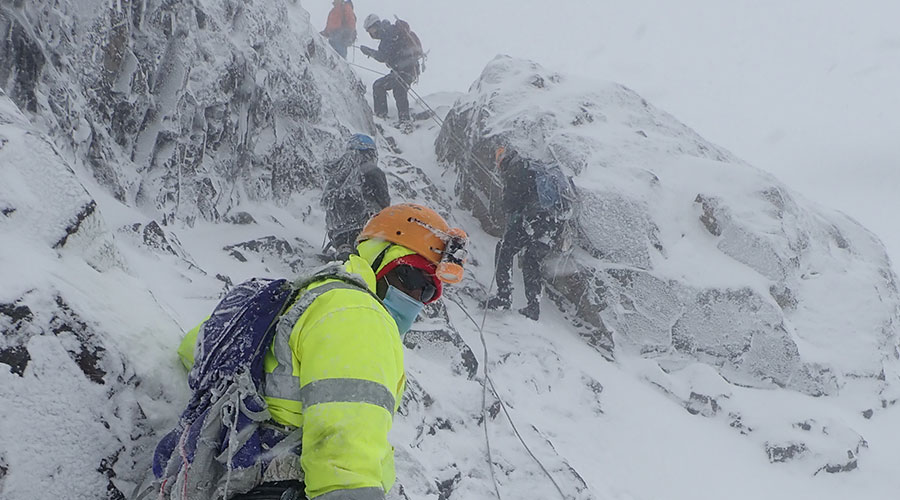
06 Days Rongai Route- Kilimanjaro Mountain Climb Home Page Tour Summary Itinerary Tour Notes Tour Summary Rongai Route is Kilimanjaro’s only route beginning from the
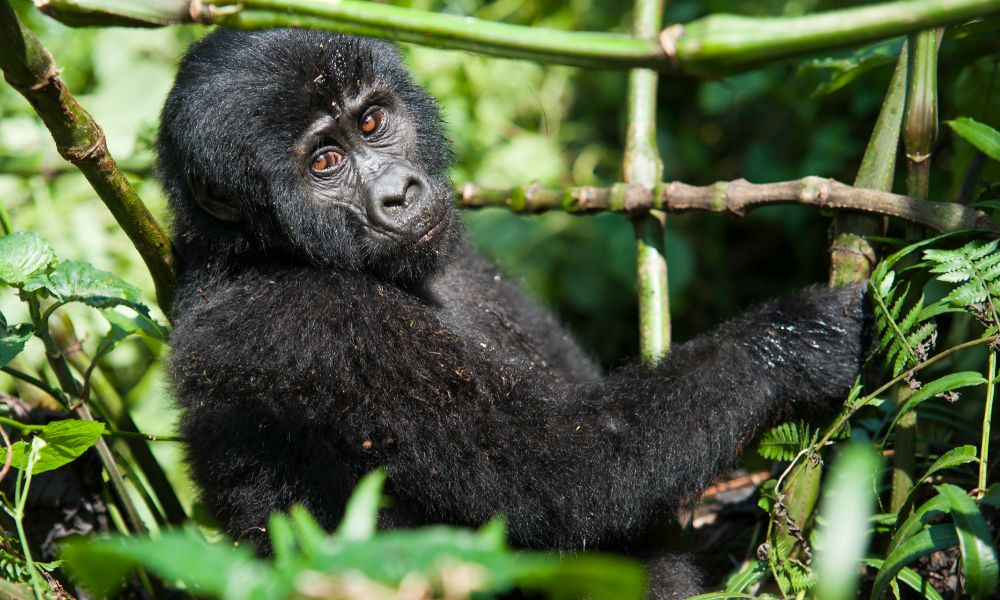
18 Days Best of Kilimanjaro Big 5 & Gorilla Safari Tanzania & Uganda Home Page Tour Summary Itinerary Tour Notes Tour Summary Safari Highlights: Climb
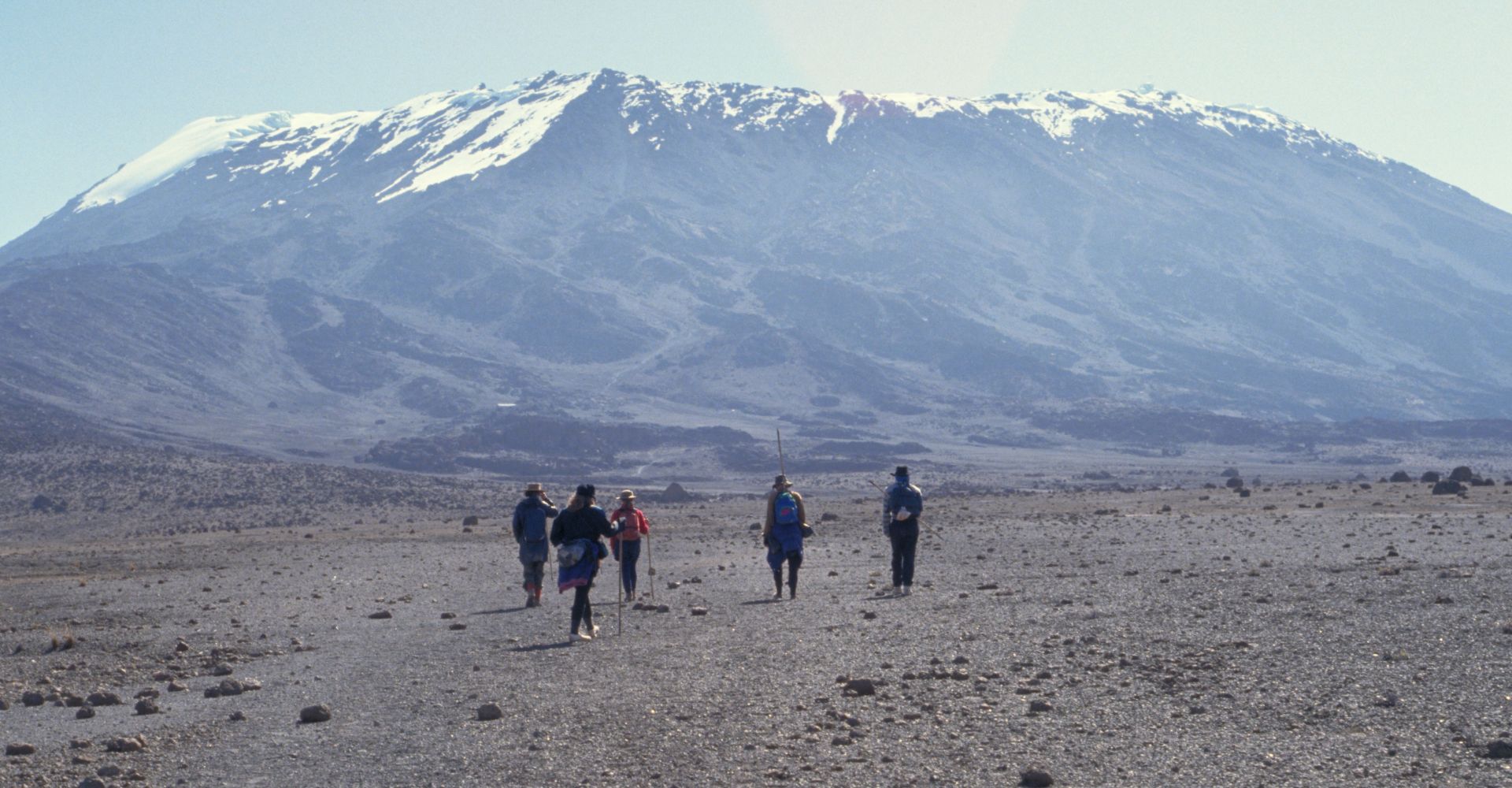
10 Days Lemosho Route Mt. Kilimanjaro – Tanzania Home Page Tour Summary Itinerary What to Carry Tour Notes Tour Summary Climb Mountain Kilimanjaro (08days Trek)
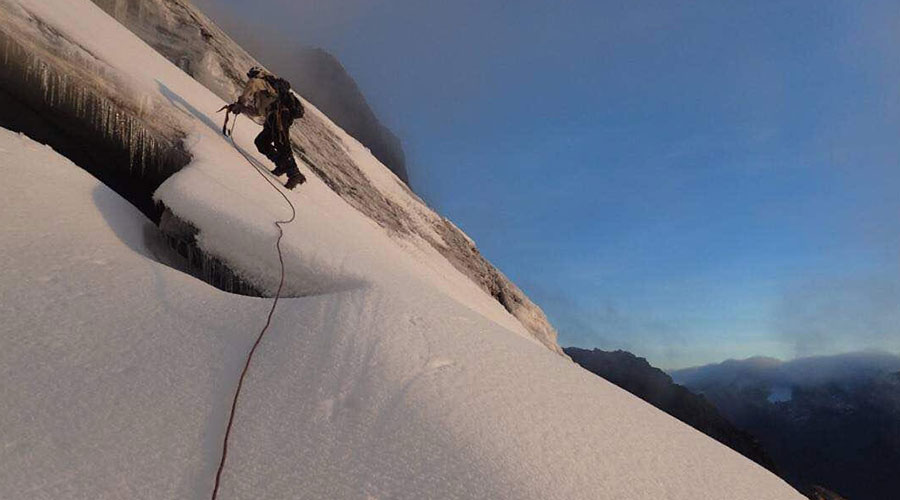
06 Days Marangu Route- Kilimanjaro Climbing Home Page Tour Summary Itinerary Tour Notes Tour Summary Day 1: Marangu Gate to Mandara Hut Day 2: Mandara
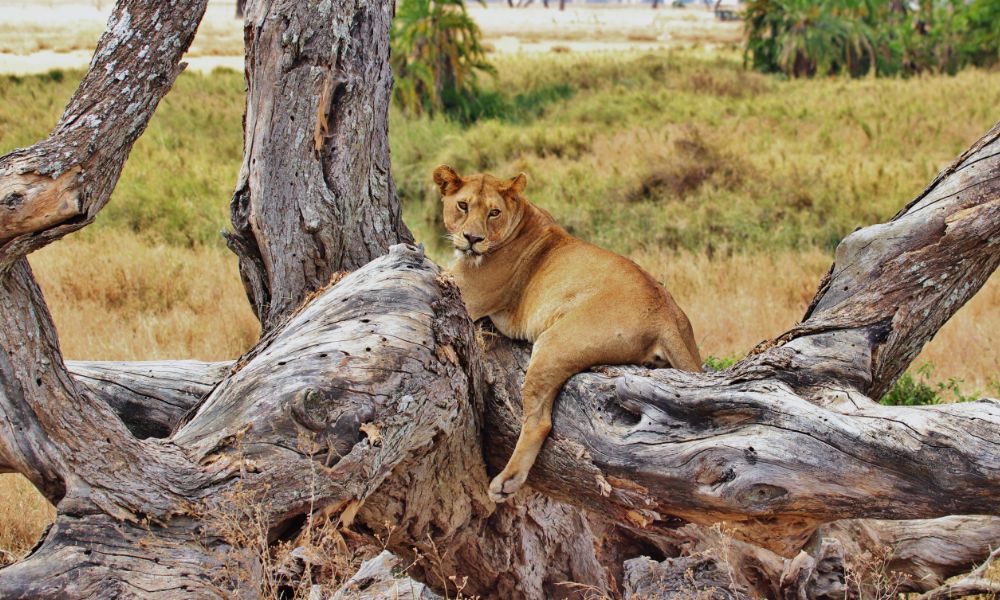
06 Days Wild Safari Tanzania Home Page Tour Summary Itinerary Tour Notes Tour Summary Day 1: Tarangire National ParkGame drives along the Tarangire River, known
